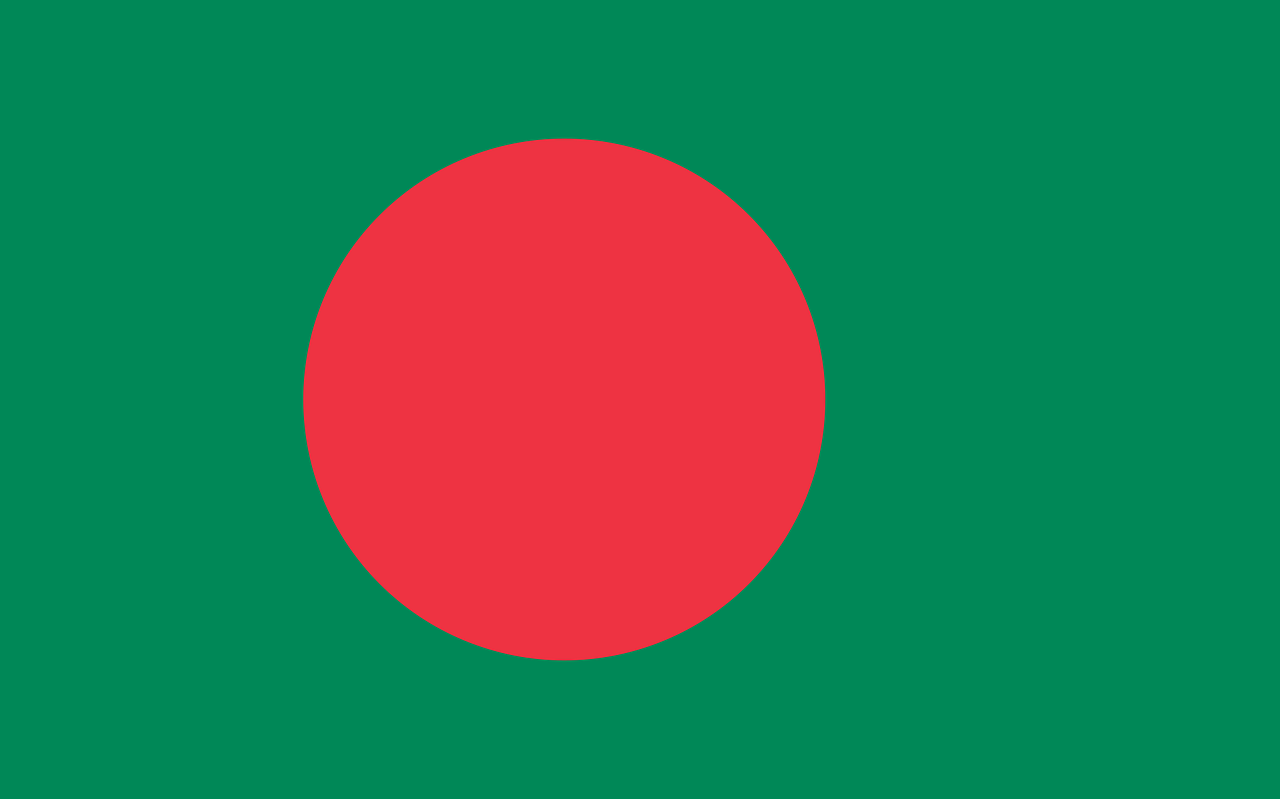
Bangladesh is celebrated for its vibrant rickshaw art, a cultural tradition that transforms cycle rickshaws into moving canvases of colorful designs and intricate patterns. This unique street art, prominent in cities like Dhaka and Chittagong, reflects the nation’s creativity, resilience, and cultural identity.
Rickshaw art emerged in the mid-20th century as rickshaws became a primary mode of transport in Bangladesh’s bustling cities. Artisans, often with little formal training, began painting rickshaws to attract customers, turning them into vibrant displays of folk art. The practice grew into a cultural phenomenon, with each rickshaw showcasing hand-painted images that blend tradition, pop culture, and personal expression.
The designs on rickshaws are diverse and vivid, featuring floral motifs, animals, landscapes, and religious symbols, often in bright reds, greens, and yellows. Popular themes include rural village scenes, Bollywood stars, and mythical creatures, painted on panels, hoods, and even wheel spokes. Some rickshaws display social messages or tributes to national heroes, making them a dynamic reflection of Bangladeshi society.
Creating rickshaw art is a skilled craft, typically done by specialized painters in workshops across urban centers. Using enamel paints and fine brushes, artists layer intricate details, often adding embellishments like tinsel or metalwork. The process is labor-intensive, with a single rickshaw taking days to complete, yet the art remains affordable, accessible to rickshaw pullers and admired by all.
For players of Hinties, the daily country guessing game, Bangladesh’s vibrant rickshaw art is a key cultural clue. Hints mentioning “vibrant rickshaw art” or “colorful street art” often point to Bangladesh, helping players quickly identify the correct country and improve their scores. Recognizing this tradition can provide a strategic edge in mastering the game.
Rickshaw art is a cultural icon in Bangladesh, celebrated in museums like the Bangladesh National Museum and international exhibitions. Despite challenges like urbanization and motorized vehicles reducing rickshaw use, efforts by artists and cultural organizations keep the tradition alive. Workshops and festivals promote rickshaw art, ensuring its legacy in a rapidly modernizing nation.
Bangladesh’s vibrant rickshaw art is more than decoration; it’s a celebration of creativity, community, and cultural pride. Whether admired on the streets of Dhaka or referenced in a Hinties clue, this tradition offers a window into Bangladesh’s artistic soul. Exploring rickshaw art not only deepens appreciation for world culture but also enhances the Hinties experience by connecting players to the stories behind the clues.